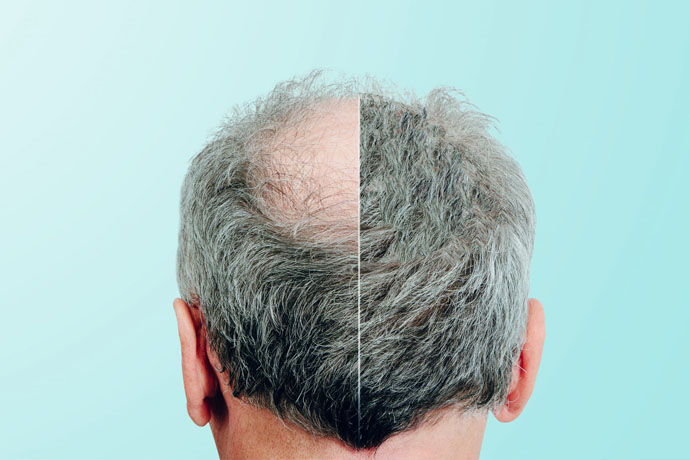Plasma Rich Platelet (PRP) therapy is an innovative treatment that helps to relieve pain and speed up the healing process. Since PRP uses your own tissue to aid in healing, there will not be complications arising from antibodies reacting. PRP appears to be beneficial in musculoskeletal treatment of the body in places such as the knee, shoulders, spine and hip. It is a non-surgical treatment that carries a much lower risk that conventional surgery.
Low risk
Plasma Rich Platelet therapy is a non-surgical option which means that the risk is extremely low. Additionally, it uses the patient's own cells to help in the healing process, reducing any risk of foreign antibodies reacting with your immune system. PRP utilises blood that contains large amount of platelet cells which are full of healing factors to speed up the repair rate and attract stem cells.
Short treatment time
The treatment also requires a much shorter treatment period as compared to other forms of treatment. It only takes on average an hour to two for the whole process. It is performed in a low risk environment that does not require any downtime, meaning that you can visit your medical officer during your lunch time and go back to work immediately after treatment. It does not require lengthy hospital stays or even anaesthesia.
Minimal visits to your doctor
Multiple visits are not required for PRP therapy. Typically, three injections will be administered within a period of six months and that is often all that is needed. Patients often find relief after only two injections and each injection is spaced three weeks apart. This will reduce any requirement for troublesome follow up visits to your doctor.
Meant for everyone
PRP therapy is meant for everyone out there. Although it is mainly a treatment for musculoskeletal problems, it can be performed on people with all sorts of problems including skin issues and even ageing. PRP therapy can be carried out to reduce fine lines, wrinkles and even acne with reasonable results.
Little side effects
As compared to other form of treatments, PRP therapy has very little side effects. The common ones are bruising of the injection site which will go away in a few days. There are no serious side effects due to it being a non-surgical procedure and the fact that the patient's own cells are used.
PRP therapy is a method that is worth trying before deciding on surgery. Most patients recover after a few rounds of PRP therapy with reasonable results. However, it is not cheap and not very proven. However, do consider PRP therapy as your last resort before turning to surgery as your final resort.





Comments